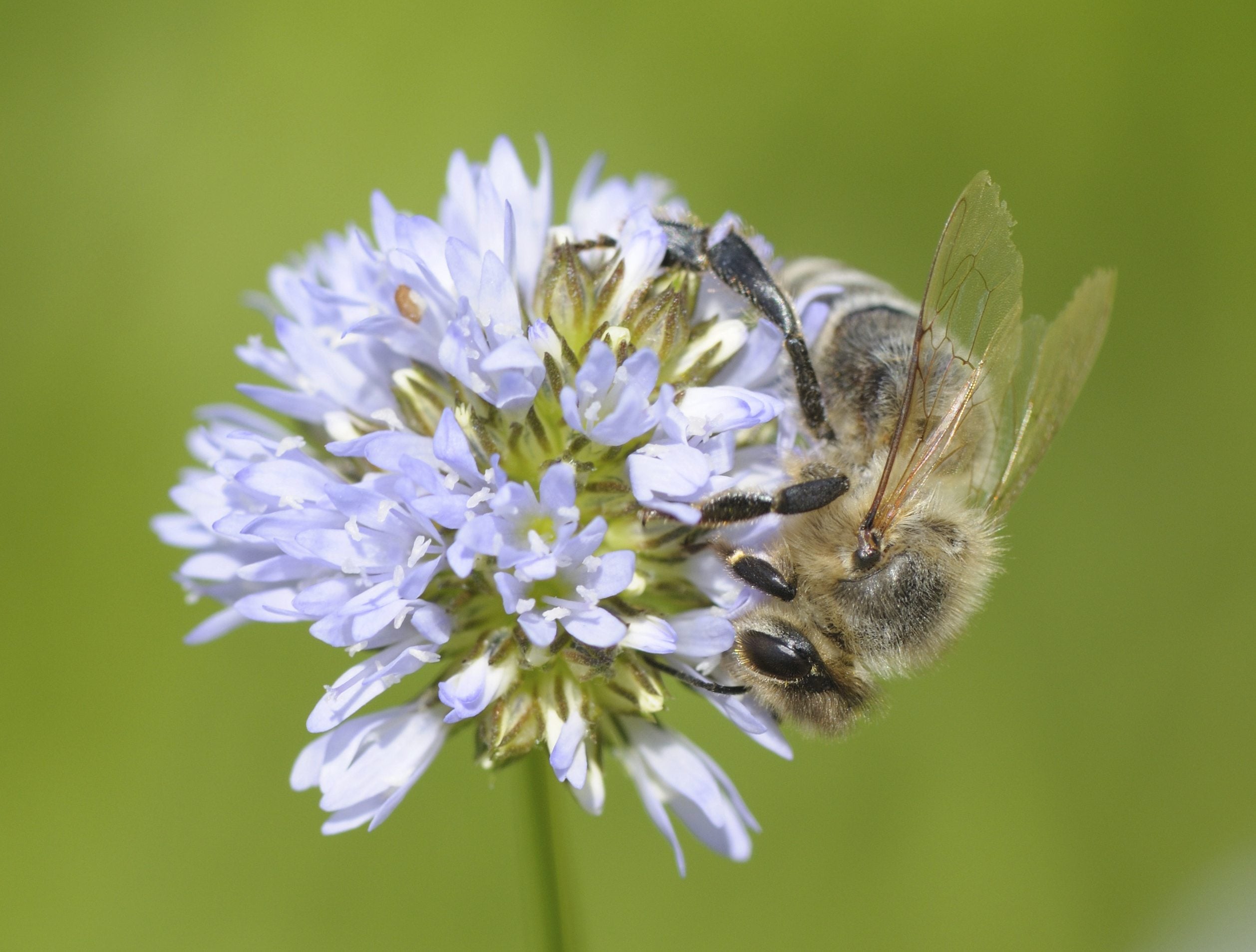Globe Gilia Plant: Tips For Growing Gilia Wildflowers


The globe gilia plant (Gilia capitata) is one of the country’s prettiest native wildflower plants. This gilia has lacy green foliage, upright 2 to 3-foot stalks and round clusters of small, blue flowers. Growing gilia wildflowers in your garden is not difficult if you live in a region with mild winter temperatures. The plant is hardy in U.S. Department of Agriculture plant hardiness zones 6 through 10. Read on for more globe gilia information.
Globe Gilia Information
This annual wildflower is native to southern California and Baja California. Globe gilia plant communities often occur in areas with well-drained soil and full sun at 6,000 feet elevation or less. The plant often appears after an area has been burned in a wildflower. Globe gilia is also called Queen Anne’s thimble and blue thimble flower. This may be because each blossom resembles a pincushion with pins in it. Look for this gilia in the southern coastal prairie, chaparral, and yellow pine forest regions. It blooms from April through July or August in the wild, but that period can be extended in your garden by sowing seeds serially.
Growing a Globe Gilia Plant
The blue gilia wildflower is a lovely and easy addition to your garden. Its flowers range in color from pale blue to bright lavender-blue and attract bees, native and nonnative, and other pollinators. Butterflies and hummingbirds both appreciate blue gilia wildflower nectar. The nectar is easy to access in the loose balls of the blossoms.
How to Grow Blue Gilia
If you want to know how to grow blue gilia wildflowers, keep in mind how the process occurs in nature. The plant’s flowers produce seeds that are released as the flowers wilt and dry. The seeds find a home in the soil and germinate the following spring. Sow globe gilia seeds starting in late fall all the way through spring in mild climates. Plant them directly outdoors in a sunny area with well-drained soil. Provide the seeds and seedlings with water in dry periods. If you sow them every two weeks, you will have continuous blossoms the next year. Given good care, these annual plants are also quite likely to re-seed themselves.
Gardening tips, videos, info and more delivered right to your inbox!
Sign up for the Gardening Know How newsletter today and receive a free copy of our e-book "How to Grow Delicious Tomatoes".

Teo Spengler is a master gardener and a docent at the San Francisco Botanical Garden, where she hosts public tours. She has studied horticulture and written about nature, trees, plants, and gardening for more than two decades. Her extended family includes some 30 houseplants and hundreds of outdoor plants, including 250 trees, which are her main passion. Spengler currently splits her life between San Francisco and the French Basque Country, though she was raised in Alaska, giving her experience of gardening in a range of climates.
-
 8 Perfect Flowers To Plant With Tomatoes To Boost Yields & Banish Pests
8 Perfect Flowers To Plant With Tomatoes To Boost Yields & Banish PestsDon’t forget flowers when choosing companion plants for your tomato beds or pots. These pretty, fragrant blooms add beauty but are also highly beneficial.
By Mary Ellen Ellis
-
 Want The Longest Lasting Hydrangea Flowers? Grow These 8 Panicle Hydrangea Varieties
Want The Longest Lasting Hydrangea Flowers? Grow These 8 Panicle Hydrangea VarietiesFor ornamental shrubs that deliver the longest flowering seasons with plush blooms and delicate hues, these panicle hydrangea varieties are essential in your yard
By Tonya Barnett